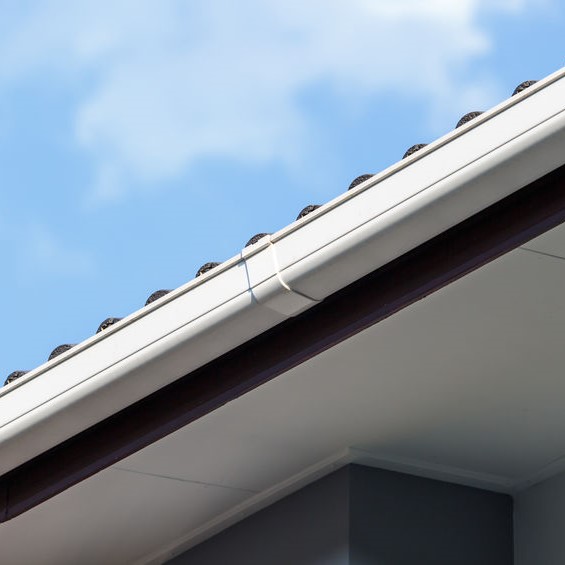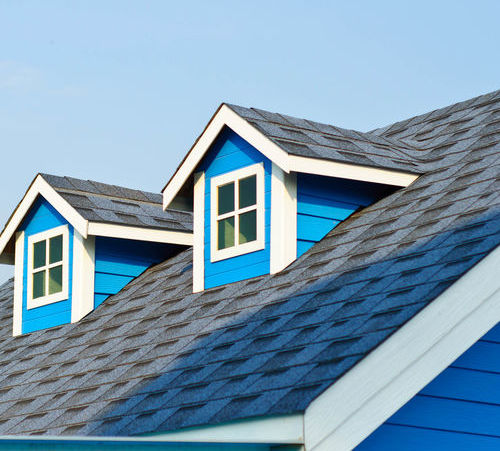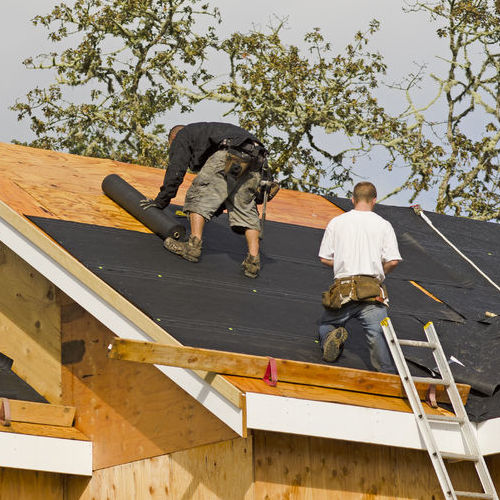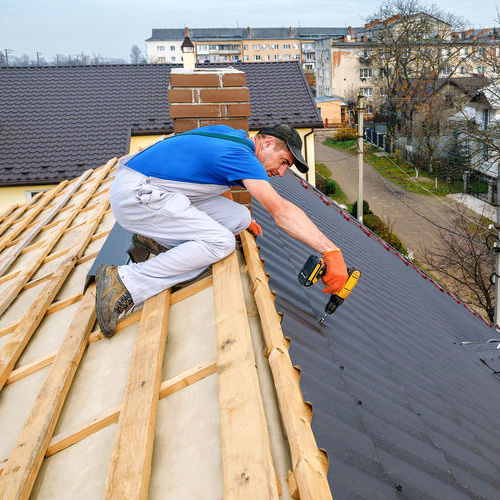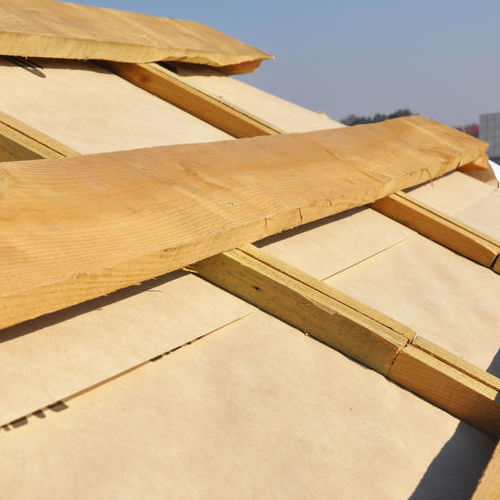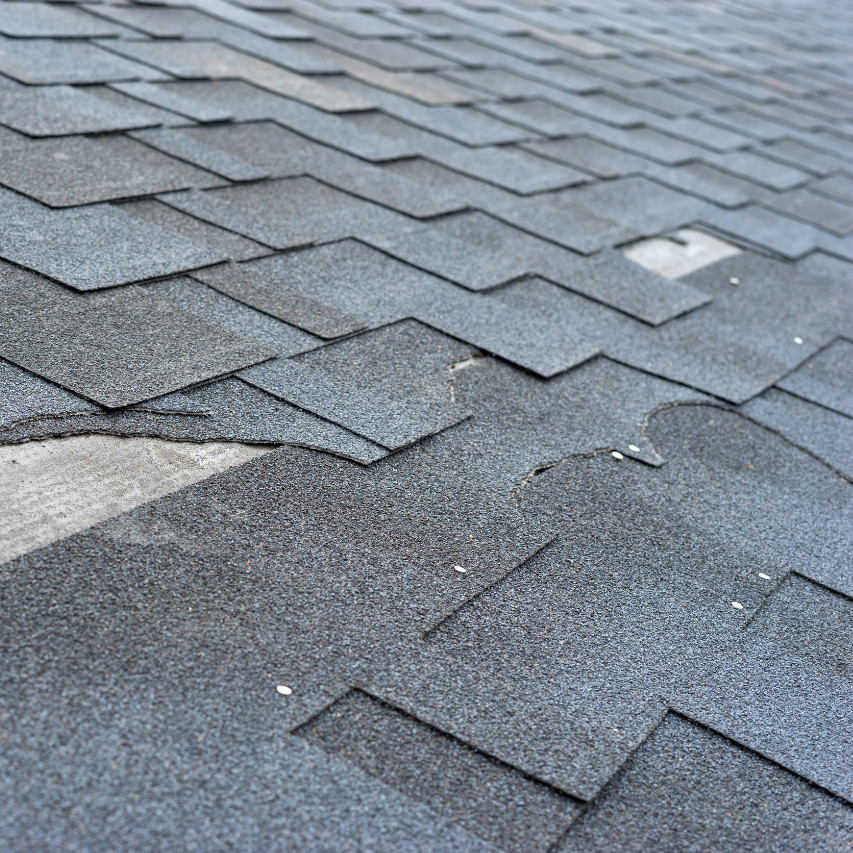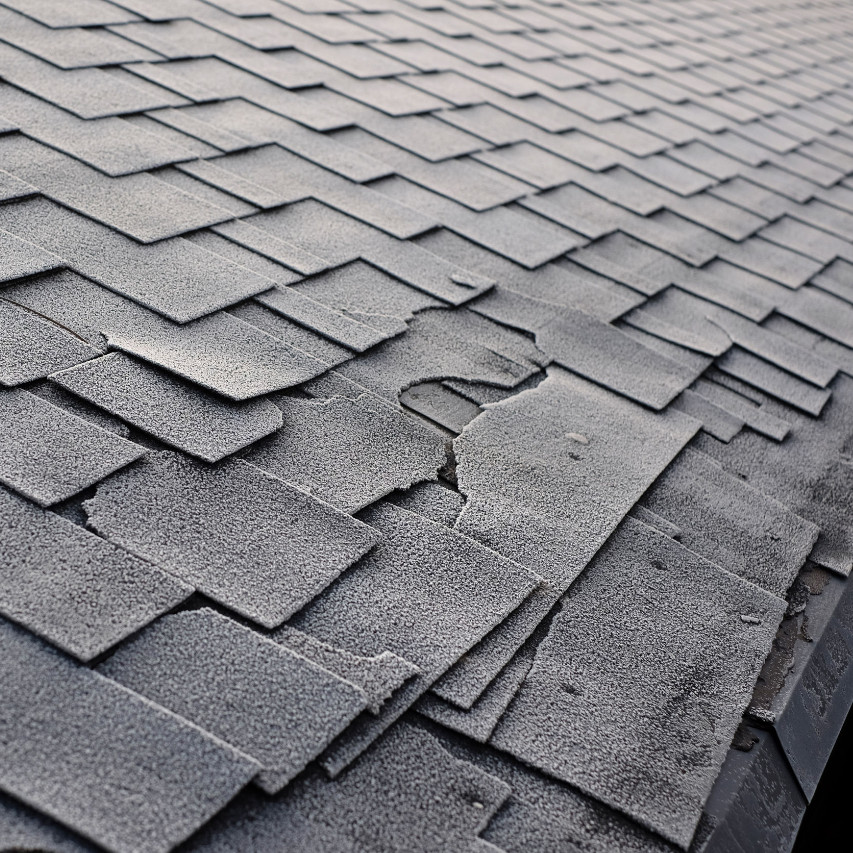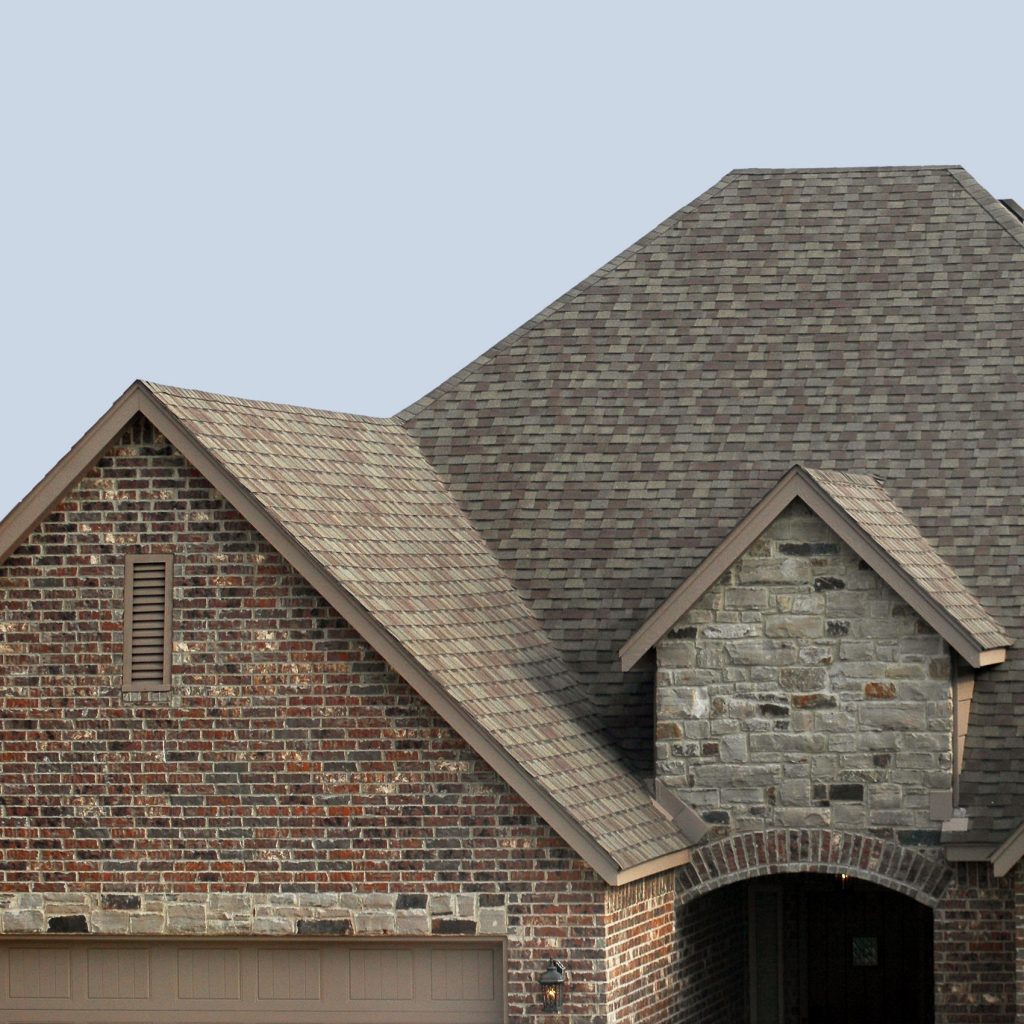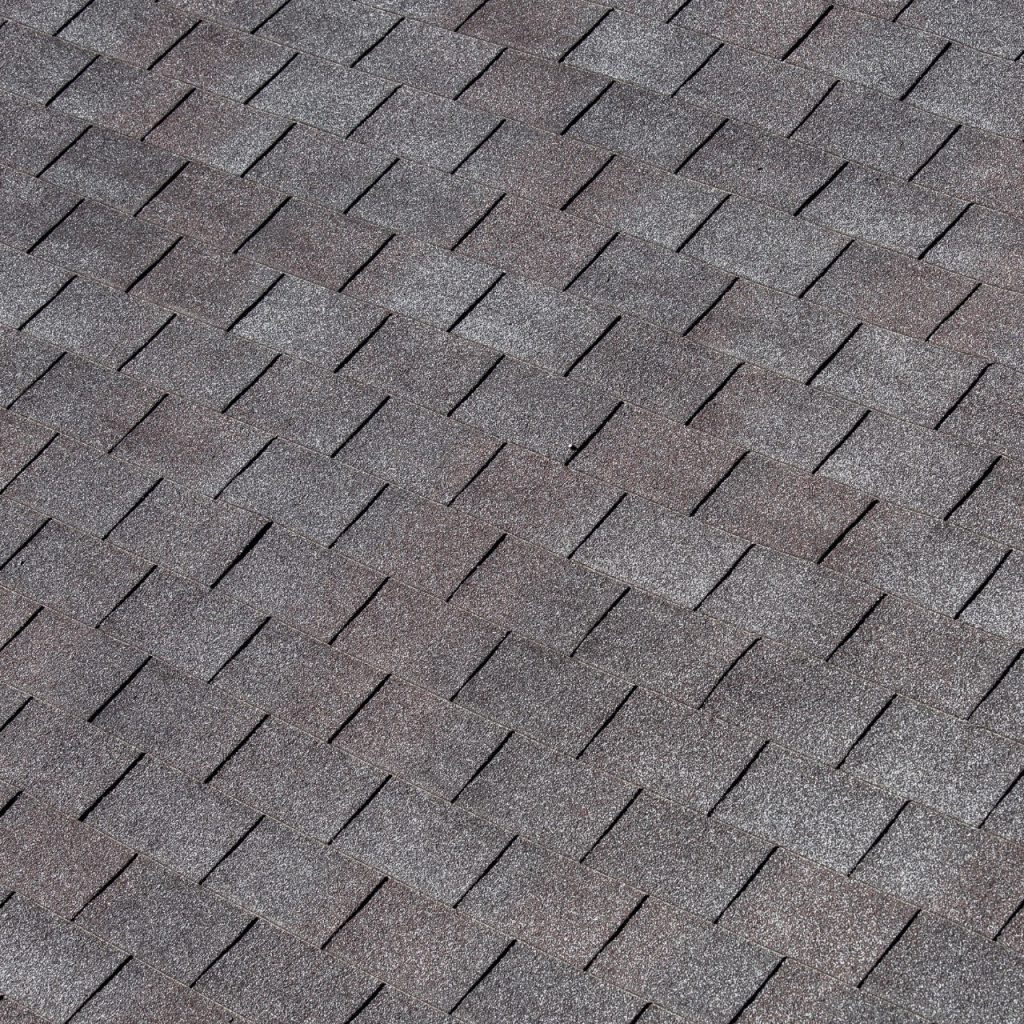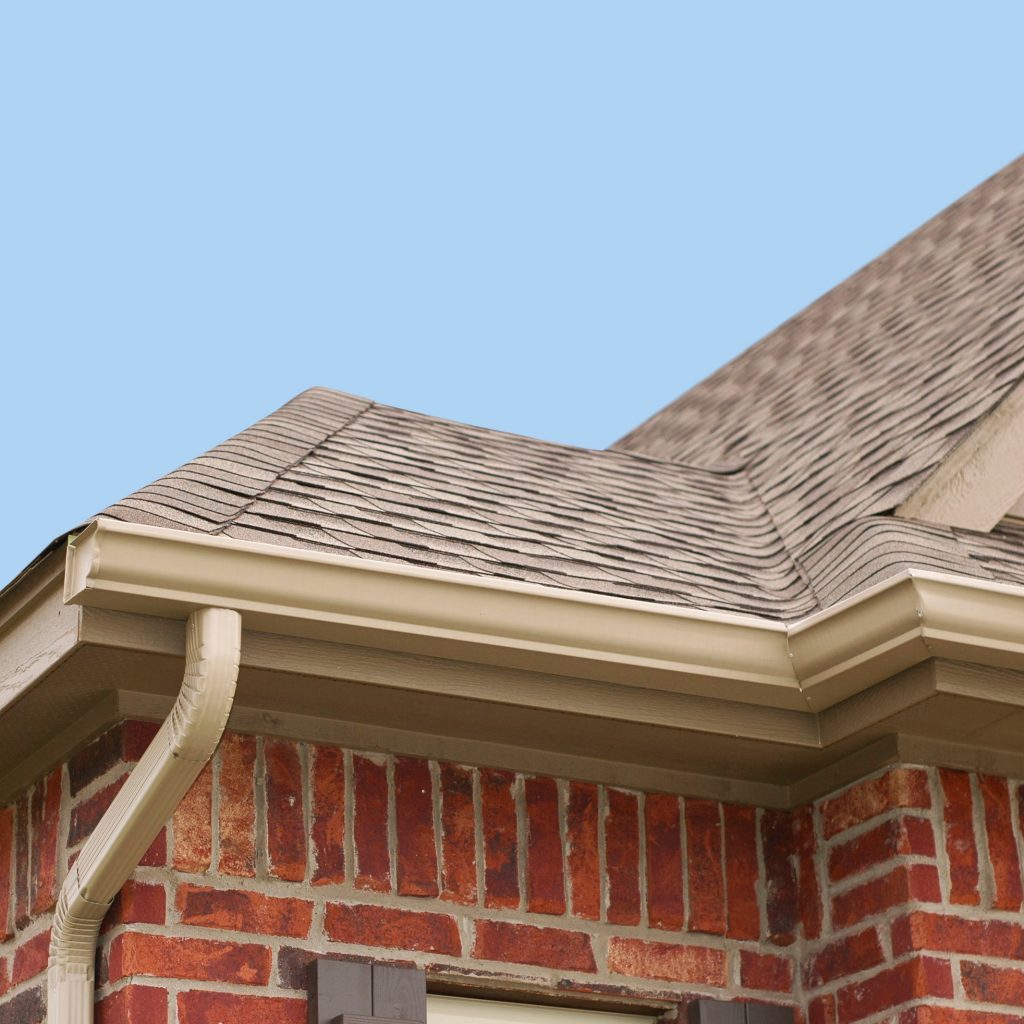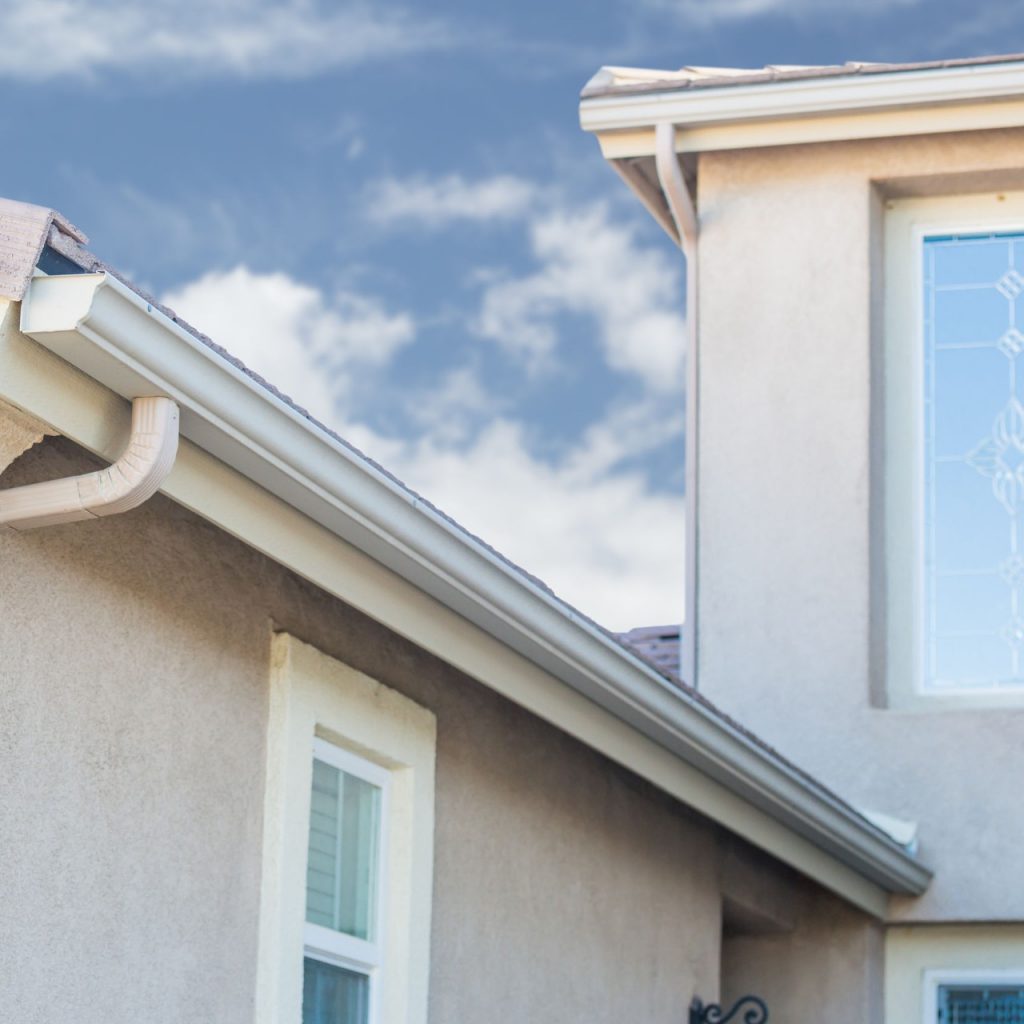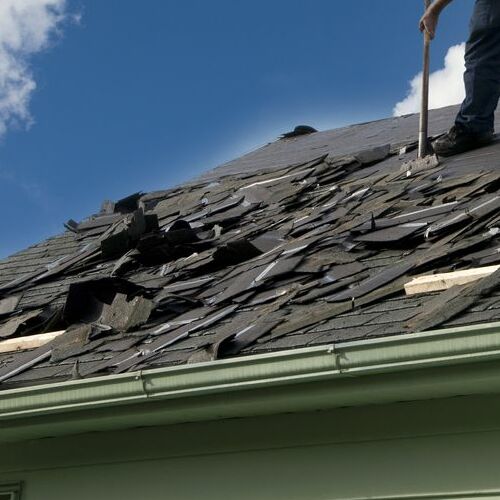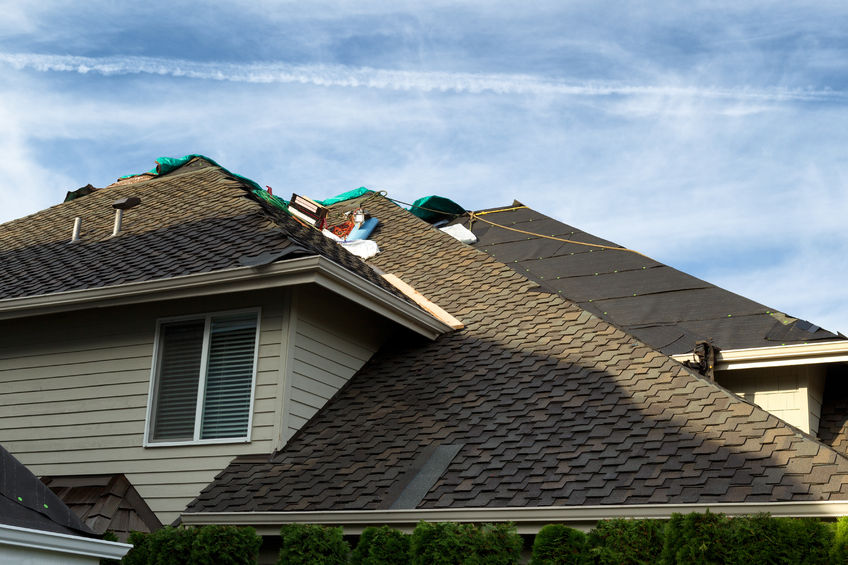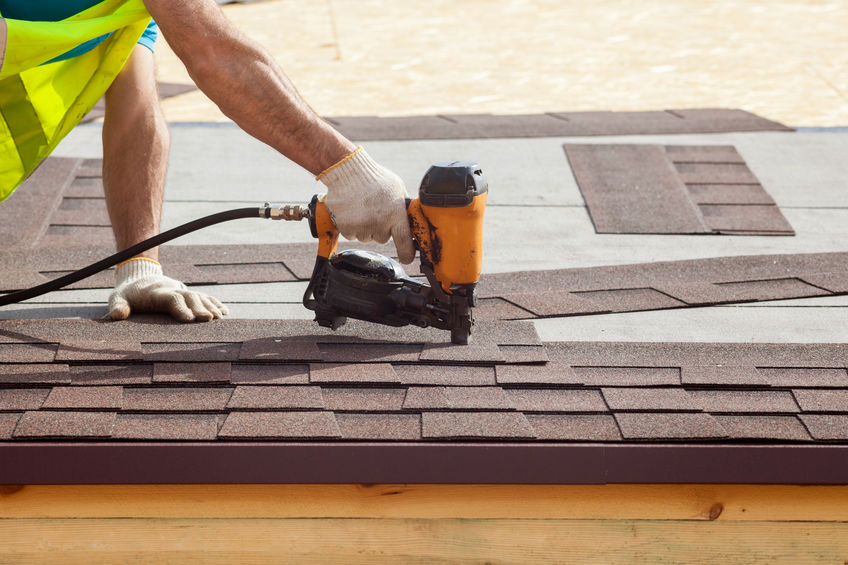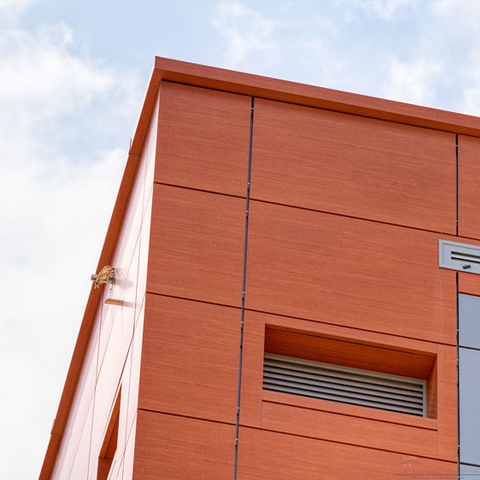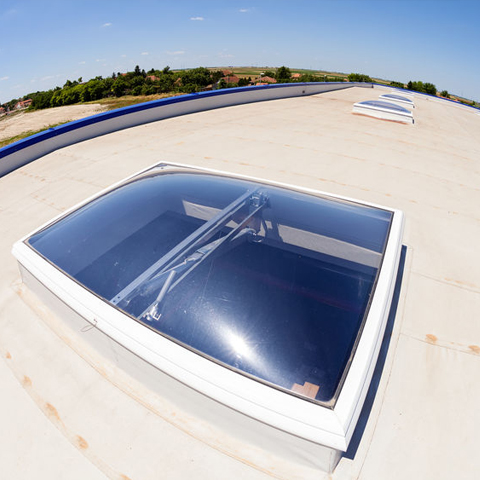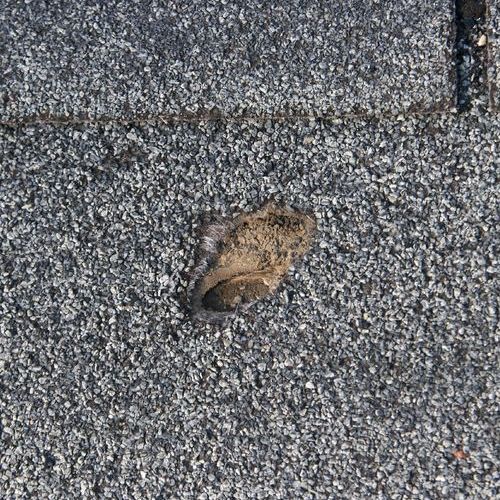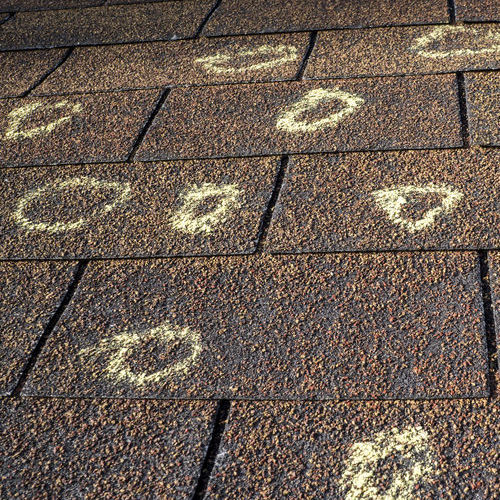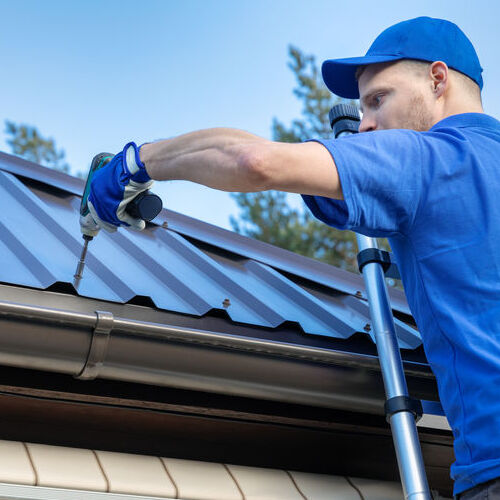
Should you put a metal roof over shingles?
If you are thinking about installing a metal roof, you are joining a increasing crowd of homeowners. While benefits such as durability and improved energy efficiency big reasons people choose metal roofing, one advantage you may not be aware of: you can install metal roofs over shingles. By doing so, you’ll save money on installation costs because you won’t have to tear off your old roof. Moreover, you’re not going to have to spend any money on improving your roof’s support structure to hold up the metal. This type of roofing is actually lightweight and easy to install.
The primary concern about installing metal over shingles is making sure the shingle roof is in good shape. There shouldn’t be any sags and any damage, especially leaks, should be repaired. Additionally, make certain this type of roofing is permitted under local building codes. You also want to make sure the roof is installed correctly to avoid any moisture penetration and ventilation issues between the layers. For expert metal roof installation in Grain Valley and Kansas City, MO, you can always count on United Roofing Services. We will make sure your roof is installed correctly so you have no worries. Get the process started by calling 816-896-4195.
Which metal roof is best?
When considering metal roofing, you’re going to have plenty of choices available. What type you choose as best for you will ultimately depend on what you need and want in a roof. Each type of metal roof has unique benefits.
Types of metal roofs
- Copper: Copper roofs last the longest of all metal roofs but also tend to cost more to install. Rusting is also rarely an issue.
- Aluminum: This metal will also last a long time and is highly resistant to corrosion. they are very good in coastal climates.
- Zinc: Lasts almost as long as copper and highly corrosion-resistant but can be easily damaged by hail or high winds.
- Steel: Steel is the most versatile and you have three options: galvanized, galvalume, and weathering. Galvanized steel is the most common of the three types of steel roofs. It’s flexible and relatively inexpensive.
- Tin: Not as frequently applied to roofing as it once was.
What are the disadvantages of a metal roof?
While longevity and toughness are primary reasons people choose metal over other roofing options, it can have its disadvantages.
- Cost: Metal roofs are about two to three times more expensive than asphalt shingles but costs can be offset by a variety of factors including longevity, energy efficiency, and even tax credits.
- Noisy: Unless backing insulation is installed, metal roofs can be noisy in certain weather conditions like hail.
- Expansion and contraction: Panels can come loose from expansion and contraction if the roof is not installed correctly and adjusted for this.
- Susceptible to water damage: Poor quality installation can also lead to problems with water damage including rust.
Will metal roof rust?
One concern most people have about metal roofs is that they will rust. While most metals are susceptible to rust, the metals designed for roofing are specially treated specifically to prevent rusting. Metals like copper and zinc do not rust. Instead, oxidation or carbon dioxide and water cause a patina to form over the metal. This patina can actually help protect the metal from corrosion. Aluminum doesn’t form red rust but rather white rust that actually blends with the metal making the rust difficult to distinguish from the actual metal.
How do you stop condensation on a metal roof?
Because rust can be a problem for metal roofs, you want to keep moisture away from the roof as much as possible. Condensation can be a particularly thorny problem that occurs on the underside of the roof. It’s normally formed at night if the temperature inside your building is warmer than it is outside.
Good ventilation is one of the keys to fighting condensation and your roof needs to be well ventilated when it is installed. Heaters also need to be vented outside. Good insulation will also help fight condensation, as will installing a vapor barrier when the roof is put on.
Can metal roof withstand hail?
If you live in an area where hail is common, a metal roof is a good option. While hail might dent your roof, it will never penetrate the roof like it might with an asphalt shingle roof, unless the shingle roof is specifically designed for impact resistance. You won’t have to worry about the metal roof breaking or splitting when hail strikes it. Metal roofing gets a Class 4 impact resistance rating, the highest rating for roofing materials.
Can metal roof be painted?
As long as your metal roof is prepared properly by priming it and if you choose the right paints and sealant, you can paint your metal roof. You can also coat the roof with an elastomeric roof coating to extend its life and improve its energy efficiency.
Can I walk on a metal roof?
You should have no problem walking safely on a metal roof without worrying about damaging it, especially when treading carefully. It’s best to walk near areas where decking is present and not walk on ribbing and laps. Wear soft-soled shoes and be careful of debris underfoot.
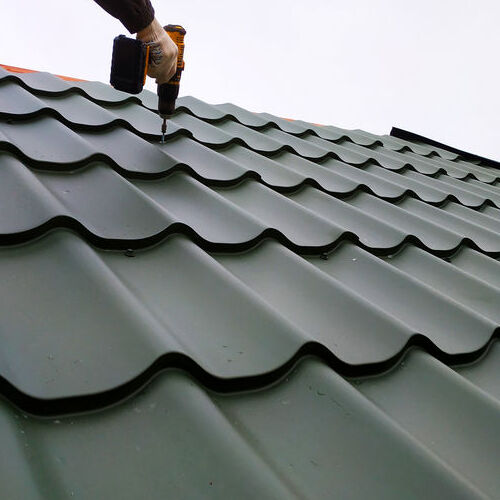
Metal roof for house
If you want to install a metal roof on your home in Grain Valley and Kansas City, MO, you can always trust the team at United Roofing Services for their roofing expertise. We offer a wide range of roofing solutions to fit your needs. Discover everything we can do for you or schedule a time for an estimate by calling 816-896-4195.
